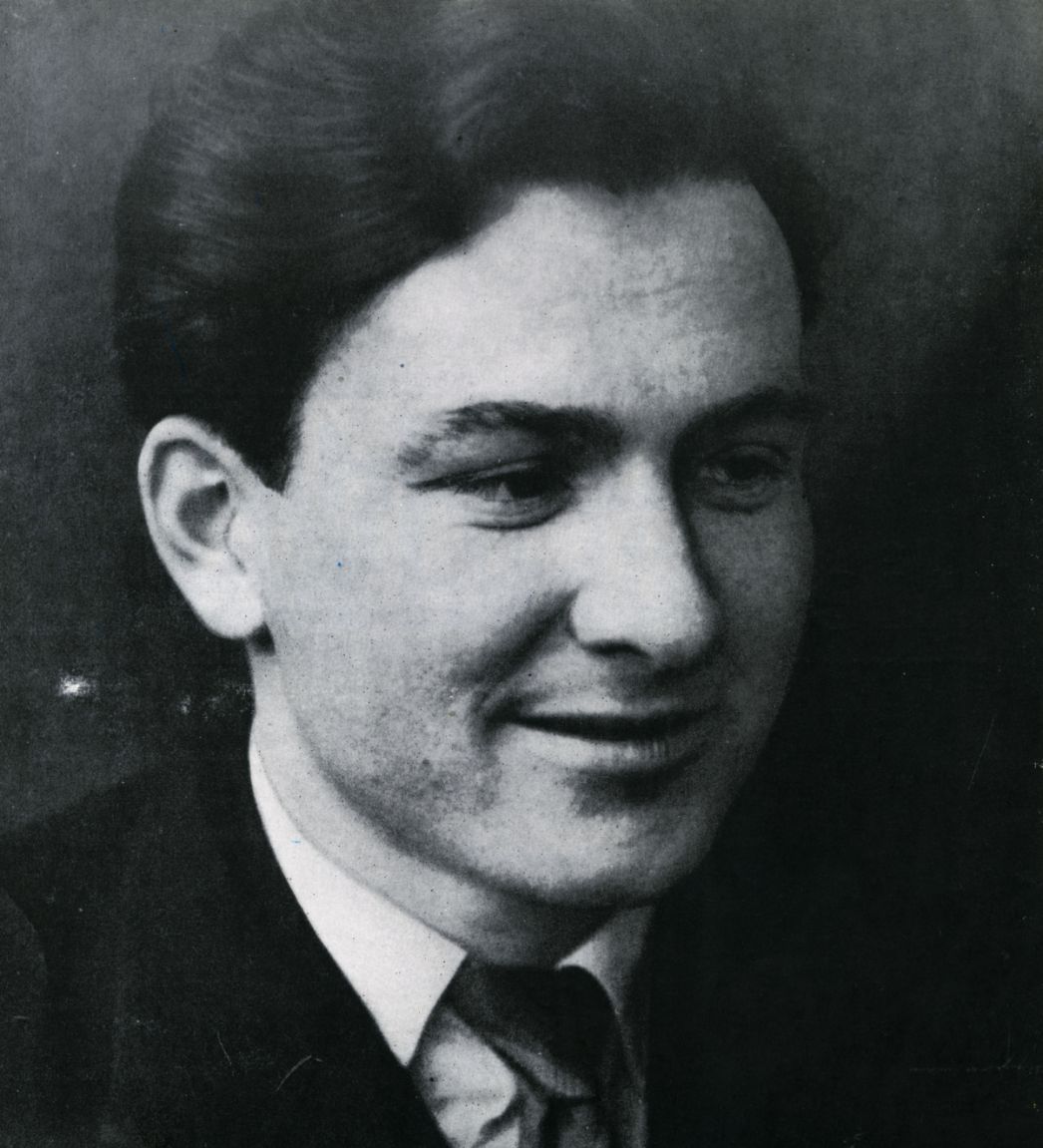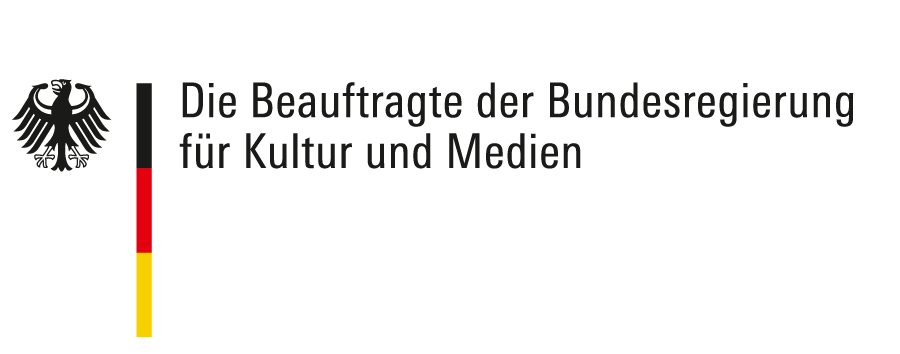Transcript
Franz Ehrlich “I would not have survived the afternoon and would have certainly been shot in the quarry next to the tipping wagon. (...) On Monday I switched detachments without having been authorized to do so, joining the so-called workshop construction detachment. The kapo, who let me stay on without a word, was a comrade from Chemnitz who had come from the Sachsenburg and Lichtenburg [concentration] camps with other comrades.”
Narrator Who was this man who, with the courage of desperation, switched from the quarry to the construction detachment’s drawing board in September 1937? Who was self-assured enough to make this move and hold his own there?
Born in 1907 in tenement housing in the eastern part of Leipzig, the son of working class parents developed technological and artistic interests early. As a young man, he started training to be a machine fitter.
And then one day at the train station in Leipzig he noticed a poster. The 16 year old set off for Weimar on foot to see a Bauhaus exhibition, which gave him new direction.
Franz Ehrlich “I didn’t want to become an architect, a designer or an artist: I wanted to become a Bauhausian.”
Narrator His studies began four years later with Walter Gropius at the Bauhaus in Dessau. Ehrlich’s origins and his orientation toward modernism also influenced him politically. With a larger group of Bauhaus students he joined the Young Communist League and later the Communist Party. Franz Ehrlich became part of the resistance against National Socialism early on.
Franz Ehrlich “Since 1933, my studio on Felixstraße in Leipzig was a hub for this work. A lot of material for magazines and flyers, and other printed matter was produced at my place.”
Narrator With his arrest by the Gestapo in 1934, his brief professional career was brought to an end. His fiancé, Elisabeth Haak was able to bring him art supplies while he was in custody; numerous watercolours followed. When his prison sentence was up, the Gestapo arrested him again before he had even left the prison. He became “preventive custody inmate 2318” in the Buchenwald concentration camp, which had been founded just six weeks earlier. Like all new intakes, he had to work in the quarry. His strength was soon spent. Switching to the drawing board in the joinery was what saved him. Fellow Communist inmates shielded him until he was officially assigned to the detachment. This happened when the incompetent director of the SS construction office recognized Ehrlich’s abilities and got him in.
Early in 1938, the metalwork for the camp gate began. The SS wanted to see writing on the entrance to the camp that would powerfully express the exclusion of the inmates from the “people’s community.” At the command of SS-Bauleiter Riedl, inmate no. 2318 was to design the inscription “Jedem das Seine”, or “To each his own”. Wrought into the gate in such a way that it was legible on the inside, the writing was to demonstrate the SS’s right to brutal selection and murder.
The Bauhaus student designed the letters in the manner of his teachers Herbert Bayer and Joost Schmidt. Consciously taking recourse to this typography was a decisive act of opposition to the Nazi world view. A silent protest, undetected by the SS camp command.
Franz Ehrlich “The gate was so much to the SS’s satisfaction that we were allowed to design and carry out the gate for Sachsenhausen as well.”
Narrator After he was released from Buchenwald in October 1939, Franz Ehrlich was obligated to work as an employee of the Buchenwald SS construction management office. Along with other released inmates, he was conscripted into Penal Division 999, characterized as a probationary unit, in 1943. He lived to see the end of the war in Greece, and returned to Germany in 1946.


